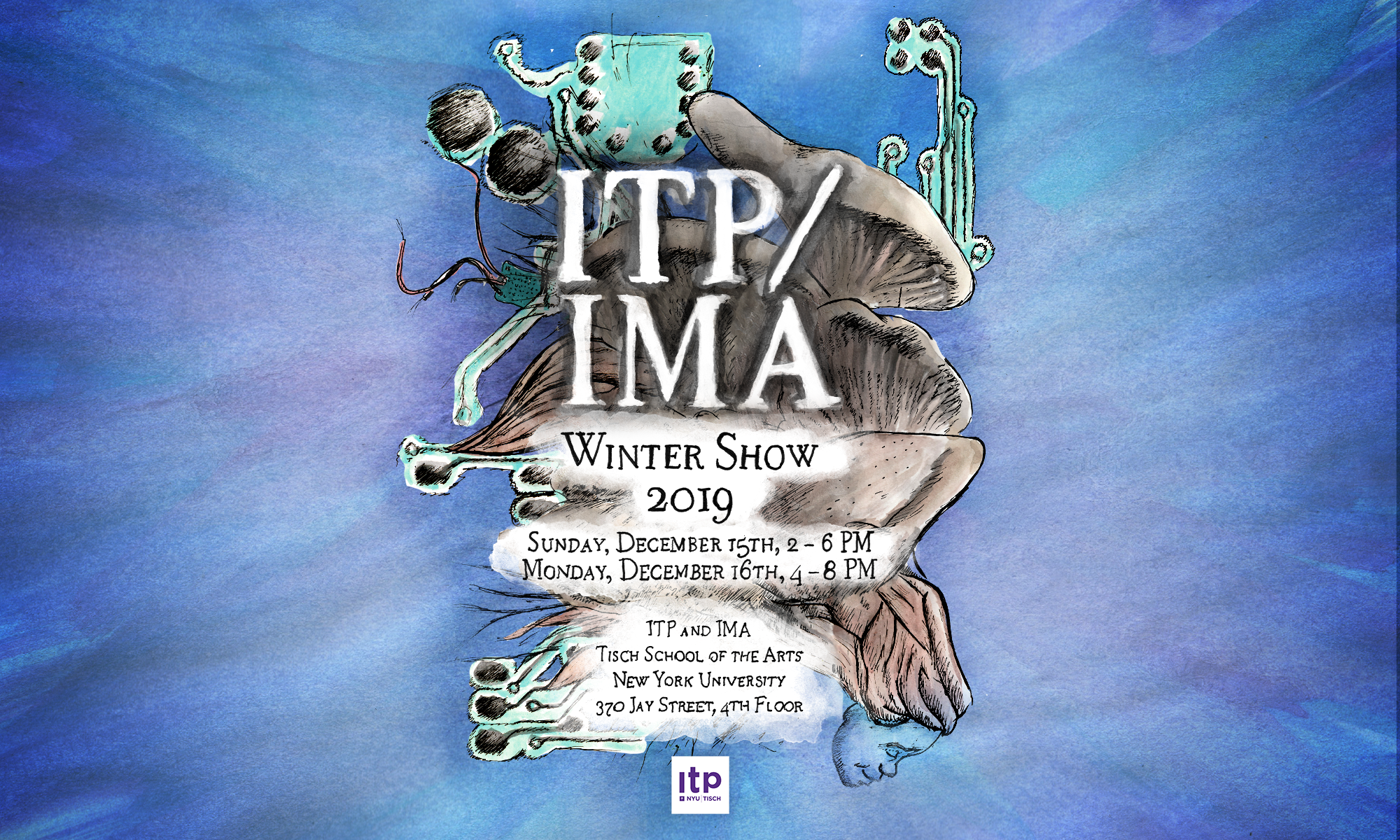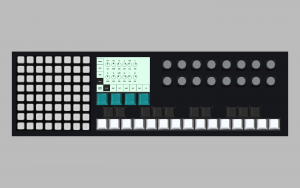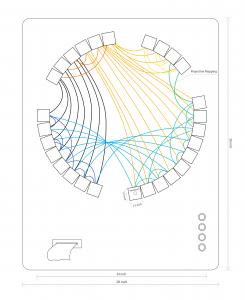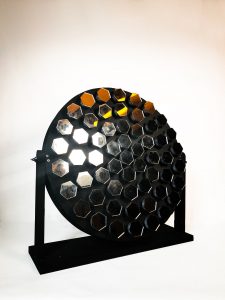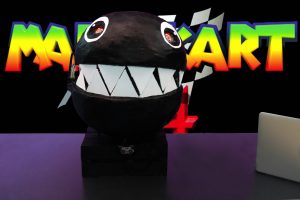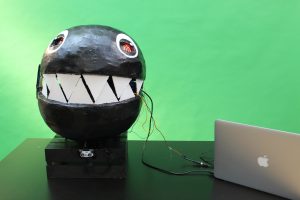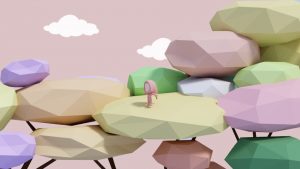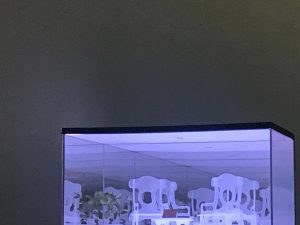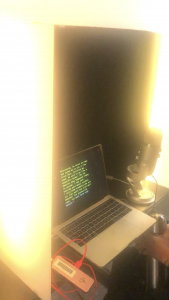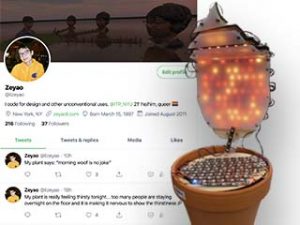Beste Saylar, Zack Lee
Beste, an intuitive hardware synthesizer and music sequencer for live electronic music performance.
https://www.bestesaylar.com/pcomp-blog
Description
Our project Beste is a hardware synthesizer and music sequencer, which allows users to create music more intuitively by combining the Ableton Live’s session view with the Elektron’s well known step sequencer unit. The idea is to create a more user friendly and easy to use concept of live electronic music performance for musicians.
Although the session view is useful, it allows you to arrange pattern with session, it’s not enough for musicians during live performance because of the mouse use. Keyboard on the other hand, doesn’t have the display which allows you to see where to put the trigger notes.
Suitable approach is to combine these two features in one hardware platform.
Beste has easy to use concept of live music performance for musicians with 8-by-8 matrix buttons, a 25-key keyboards and 16 rotary encoders. On the 3.5 inch display, there are 4 pages that consist of Song, Clip, Sound and Sequencer mode on the left side of the screen which indicates how 64 matrix buttons work and on the bottom of the screen, there are 7 pages that are Sequencer, Oscillator, Filter, Amp, LFO, Mix and Effects features to determine how the 16 rotary encoders work.
The Software development is accomplished by 60% with programming languages and tools such as Pd, Lua, JSON and openframeworks.Fabrication of hardware is on going and will be finished within a week. The users will be able to interact with our instrument to play sound and create music at the Winter Show.
Classes
Introduction to Physical Computing
